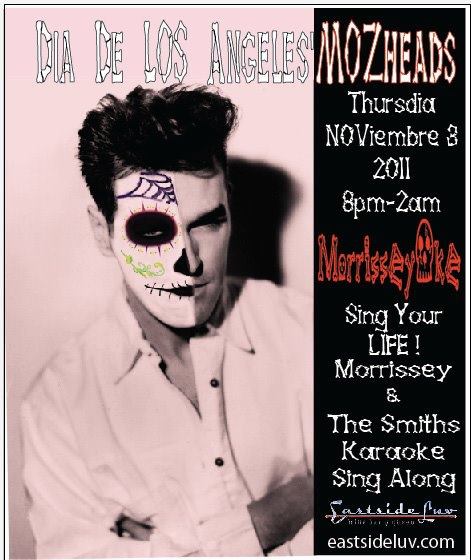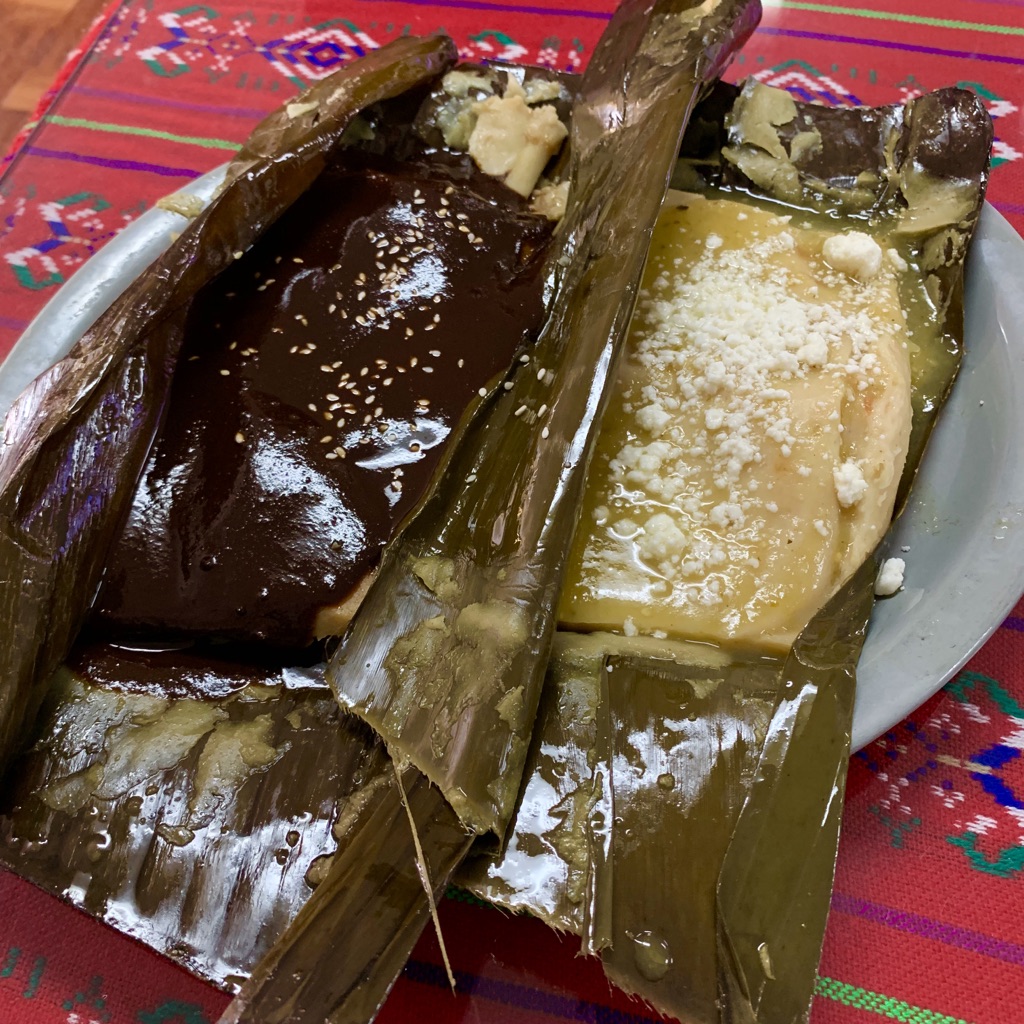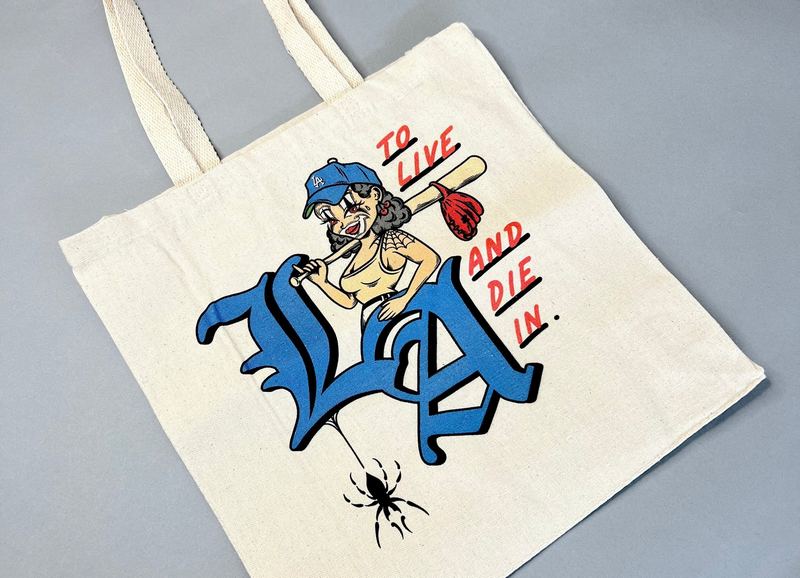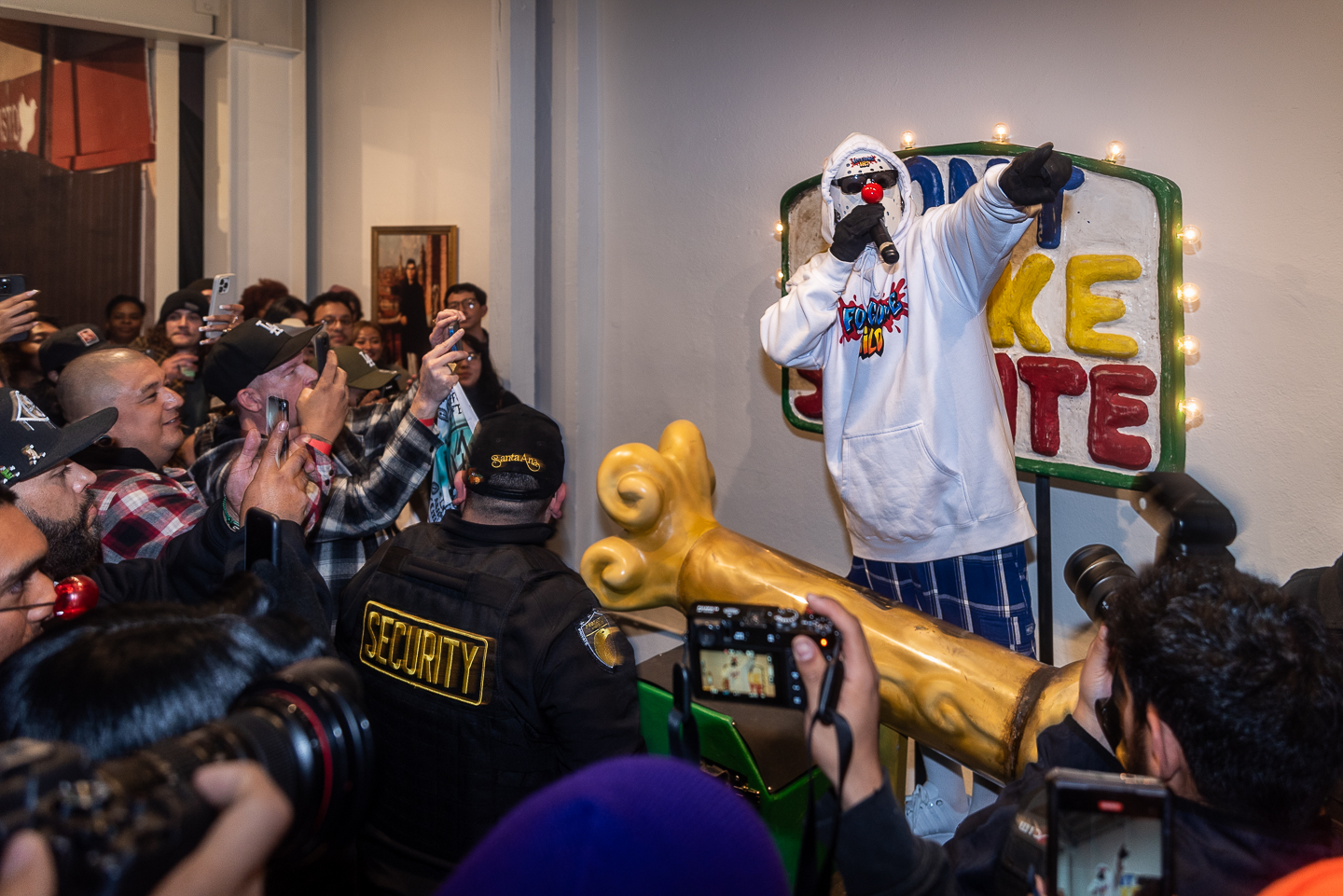[dropcap size=big]R[/dropcap]ecently, a writer for a major music publication (guess who?) asked me a question I've received nearly monthly since I began my writing career in 2001: Why do Mexicans love Morrissey? I used to respond quickly, and usually pointed the curious questioner to an article I wrote on the subject that anyone can find in my ¡Ask a Mexican! book.
But about a year ago, I decided to quit answering such queries. I always felt there was a sub-current of racism to the Morrissey pregunta that boiled down to this: Wait, Mexicans like anything in English? It's Hispandering at its worse. Yet American and British media have tripped over themselves to examine the Morrissey “phenomenon,” asking over and over in think pieces and videos: Why do Mexicans love Morrissey?
UGH.
Yes, it's interesting that the former lead singer of the Smiths has such a devoted fan base (myself included, although I still think he was at his finest next to Johnny Marr). But in their obsession, American music critics are missing other artists and genres that have FAR bigger Mexican fan bases than the Mancunian. If we want to be honest, the Mexican-Morrissey love connection is really a Southern California and chipster thing.
The following acts and genres, however, are border-less.
The Doors
One of the earliest realizations by American rockers and music critics that Mexicans liked English-language music is documented in a 1969 article for Rolling Stone by legendary rock journalist Jerry Hopkins. He accompanied the Doors to Mexico City — just the fourth-ever English-language rock act allowed in by Mexican authorities (the previous four? The Byrds, the Animals, and — bizarrely — the Union Gap).
It's a great dispatch from a metropolis that was still reeling from the Tlatelolco massacre just a year earlier. But the best section deals with the Doors' epochal “The End.” As singer Jim Morrison got to the song's spoken-word coda at his D.F. concert, “so many of the teenagers present began to shush each other, it sounded like a room full of snakes,” Hopkins wrote—that was, before the crowd screamed the “I want to KILL you!” and “I want to FUCK you!” response to Morrison's Oedipal call. The rock god, Hopkins wrote, “looked at them, stunned.”
'80s Music/Period
https://https://youtube.com/watch?v=_aVa7qVKUHI
Yes, Mexicans like Morrissey and the Smiths. They also love The Cure. And Depeche Mode. And Duran Duran. And Madonna. And house. And boogie funk. And U2. And basically anything that was popular during that time. As I've written before, the '80s featured the first Mexican-American generation that tore down the hyphen once and for all and considered themselves equally Mexican and American — so why wouldn't they like The Human League and Zapp & Roger equally?
And in Southern California, one must also consider the promotional power of Richard Blade. He, along with Rodney Bingenheimer, was Southern California's biggest New Wave DJ during the 1980s. But the British Blade took his cues from oldies-but-goodies DJs Dick "Huggy Boy" Hugg and Art Laboe and openly courted Latino audiences through shoutouts, club nights, and the like.
He DJ'ed at my wedding. And my older cousins from Montebello and La Puente who grew up during his heyday went NUTZ.
'90s Hip-Hop
https://https://youtube.com/watch?v=Wz2wVLyTar4
Same reason why Mexicans love '80s music. Dre, Snoop, Nate Dogg, Ice Cube. Biggie and Jay-Z toward the end of the decade. Geto Boys from our Tejano cousins. But Mexicans loved 2Pac the most, and he returned the love, singing as Makaveli in his “To Live and Die in L.A.,” “Would it be L.A. without Mexicans/Black love, brown pride and the sets again” and working in an insult against former California governor Pete Wilson. The hip-hop Chalino Sanchez — no wonder you can still find T-shirts of the legends at the Paramount Swap Meet.
Prog Rock
https://https://youtube.com/watch?v=LGJVzQlWJAI
Rush, Pink Floyd, Electric Light Orchestra — when I was growing up in the 80s and 90s, my American friends told me all that electro-jam music sucked, and I never understood why. My older cousins loved them! Long, ambitious songs and sets? Carefully articulated lyrics and musical flourishes? That's just son jarocho and huasteco, bruh. Can't wait for Roger Waters to play the entirety of “The Wall” at la frontera soon!
Creedence Clearwater Revival
Like the Eagles (another groups Mexicans love), I never understood the modern-day American criticism of them, even though I know full well John Fogerty is a supreme pendejo. But his lyrics offer a wistfulness that has hit at the heart of Mexicans for over 50 years. Sonoran rock gods Los Apson recorded CCR's “Cotton Fields” as “Cuando Era un Jovencito,” a remake Ramón Ayala recorded. And Juan Gabriel's last hit before he passed away was his take on “Have You Ever Seen the Rain,” a version impressive enough that Fogerty himself approved.
Balladeers
As far back as Nat King Cole recording Spanish-language albums in the 1950s, Mexicans have loved their balladeers. Neil Diamond, Tom Jones, Rod Stewart, Justin Timberlake, Linda Ronstadt? Just as much a bunch of choni melters as Pedro Infante, Jose Jose, Juan Gabriel, Lola Beltran, Jenni Rivera, Julio Iglesias, Luis Miguel and others. Okay, maybe not LuisMi...
Metal — All of It
The blues metal of El Tri. The mainstream metal of Metallica, Black Sabbath and Iron Maiden. Pantera. Sepultura, of course. But especially death metal. The late, great JC Fandango in Anaheim used to host legendary metal nights where everyone from Cannibal Corpse to Brujería would play. And one of the last rock en español record stores in Southern California, Pro Rock (also in Anaheim), specializes in metal and offers a large T-shirt collection of Mexican metal bands like Luzbel, Leprosy, Asesino and Transmetal. Why do Mexicans love metal? Go to El Chopo and find out.
Rockabilly
One of the few Mexican-heavy music scenes that American critics know about, rockabilly might be the most obvious American genre for Mexicans to love. Rockabilly-leaning groups like Los Locos del Ritmo and Los Teen Tops set the foundation for rock en español in Mexico. The chord progressions in rockabilly are as ironclad as those in corridos. The gender roles in rockabilly seem ripped from haciendas in Jalisco pre-Porfiriato, as is the obsession to get their respective “look” absolutely right. Add a love of outlaws, nostalgia, fast cars and un chingo of lipstick, and modern-day rockabilly scene in Southern California is majority Mexican to the point that they call themselves “razabillies” or “chile billies,” the latter once considered a slur but now embraced. And the genre remains huge in Mexico as well thanks to festivals like Rockalavera.
Ska
Music websites like Noisey and Stereogum openly scoffed when an all-ska music festival happened this past spring in Huntington Beach, declaring ska died back in the 1990s. But that's because they have no writers based in Southeast Los Angeles, where Mexican ska groups like Viernes 13, Matamoska, Chencha Berrinches, and others kept the music alive through the 2000s and are still going strong today. Ska became popular because it served as one of the foundations of modern-day rock en español thanks to groups like Tijuana No! and Maldita Vecindad.
But Mexican ska has always differentiated itself from American ska, in that they sing about … something. Ska's biggest fans in razadom have always been urban youth who use the fast-paced, horn-heavy music to tackle poverty and politics. “[OC skankers] don't see the shit we see,” Viernes 13 lead singer Jay Pea told me 16 years ago. “You walk the streets of OC, and you walk our streets; it's gonna be different. We're not going to be singing about ‘My friend has a red car.’ We deal with real human emotions and actions.”
Punk
When the founding founding fathers and mothers of L.A. and OC punk include The Plugz, Alice Bag, Steve Soto, and Gabby Gaborno...yeah, Mexicans love punk.
ALSO BY THE AUTHOR:
Los Ángeles Azules is Helping Mexican Cumbia Finally Get Respect
Do You Know How to Read Tacos? Steven Alvarez Does
Can Tacos Gavilan Break the Losing Streak of L.A. Mexican Food Chains in Orange County?





